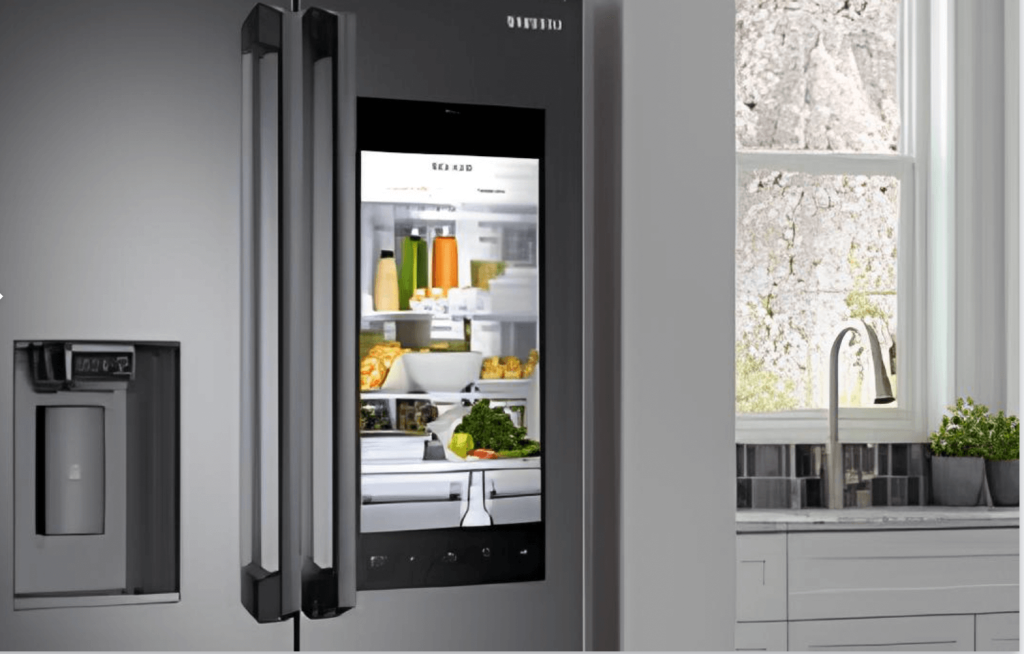Samsung appliances are generally known for being reliable for their long-lasting product and trouble-free products from too many problems. But sometimes, the Samsung refrigerator’s ice maker may cause some issues. If you face this problem, it might be because of ice clogging, a defective or broken water valve, weak water flow pressure, an old filter, or even a faulty motor.
A refrigerator’s ice maker is a modern convenience many of us take for granted until it stops working. If you are a Samsung refrigerator user and face difficulty with your refrigerator not making ice, then you are not alone. This is a very common issue among others.
In this blog, we will discuss why your refrigerator’s ice maker might stop working and might not be producing ice or how you can do a reset.
Common Reasons for A Samsung Refrigerator Not Making Ice
Samsung Refrigerators are known for their reliability, but like many other machines, they can encounter issues from time to time. It can be quite frustrating when your Samsung freezer stops making ice. Sometimes, it is not a major problem but minor obstructions causing the trouble.
There are numerous potential causes for the malfunctioning of an ice maker. We will provide an easy troubleshooting guide to help you resolve the problem.
1. Insufficient Water Supply
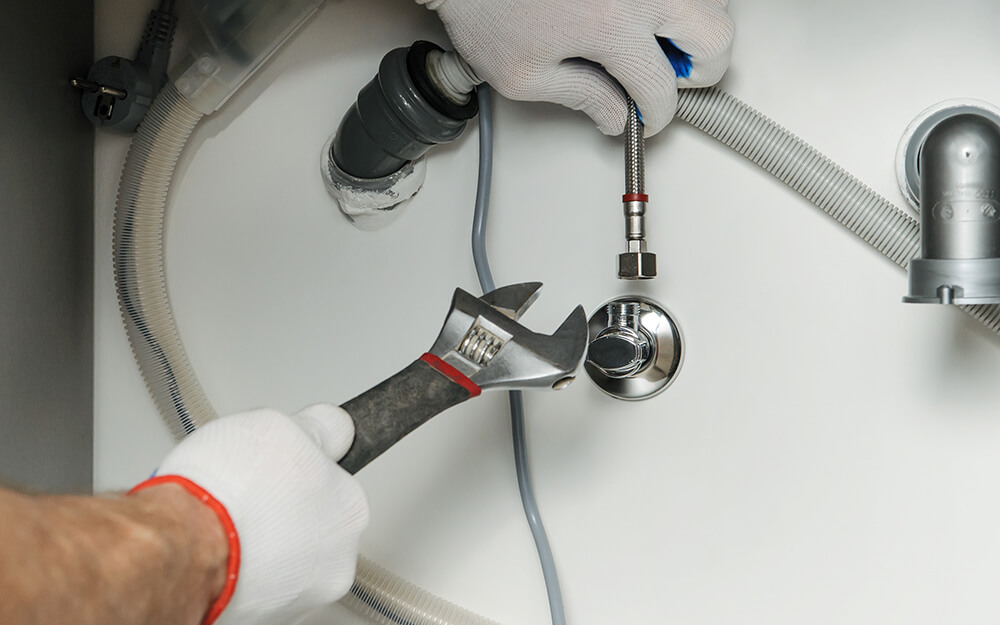
One of the most common reasons for an ice maker to stop producing ice is an insufficient water supply. If the water supply line is blocked or not supplying enough water, the ice maker won’t have the required amount of water and resources it needs to make ice. This can also happen due to a water inlet valve that is defective. With a defective valve, an adequate amount of water will not flow in to make ice.
To troubleshoot this issue:
- Check the water supply line
- Test the water pressure
- Replace the water filter
- Replace the defective water inlet valve
2. Freezer Temperature Too High
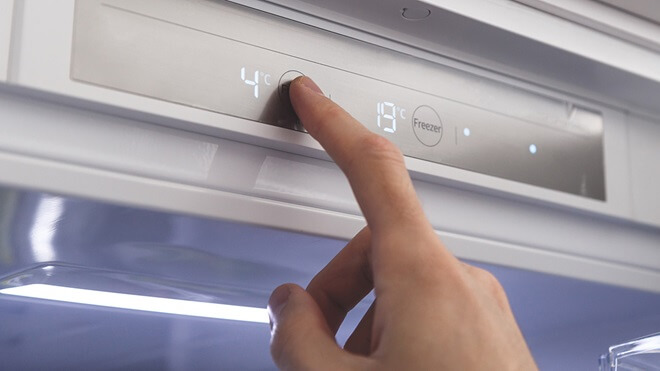
The ice maker relies on a specific temperature range to freeze water effectively. If the freezer temperature is too high, then the ice production by the ice maker may be affected.
To address this issue:
- Check the freezer temperature
- Allow time for cooling
3. Ice Maker Switch or Sensor Issue
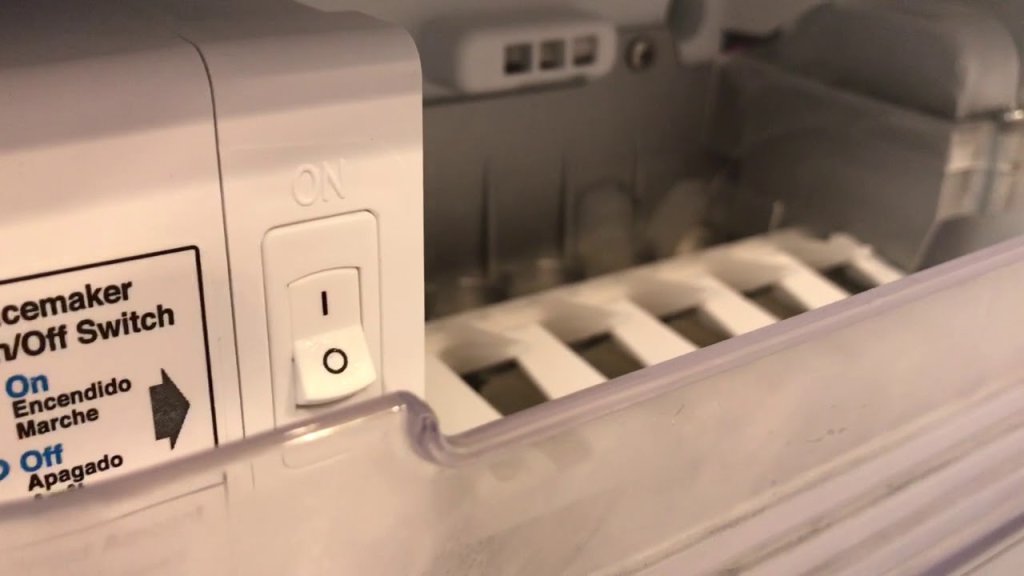
Many Samsung refrigerators have an ice maker switch that can be turned on or off manually. If the switch is in the “off” potion, then the ice maker won’t make ice. Additionally, some models have ice sensors that detect when the ice-making bin is full and stop ice production to prevent overfilling.
To address this issue:
- Check the ice maker switch
- Inspect the ice sensor
4. Ice Maker Jam or Blockage
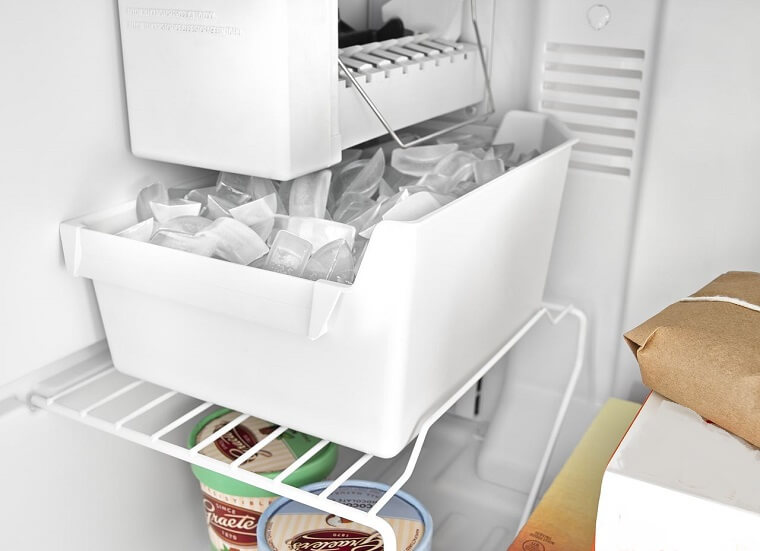
Sometimes, ice cubes can become stuck in the ice maker. This leads to a jam or blockage that prevents further production of ice.
To resolve this issue:
- Gently clean any ice blockage
- Clean the ice maker
5. Faulty Ice Maker Components
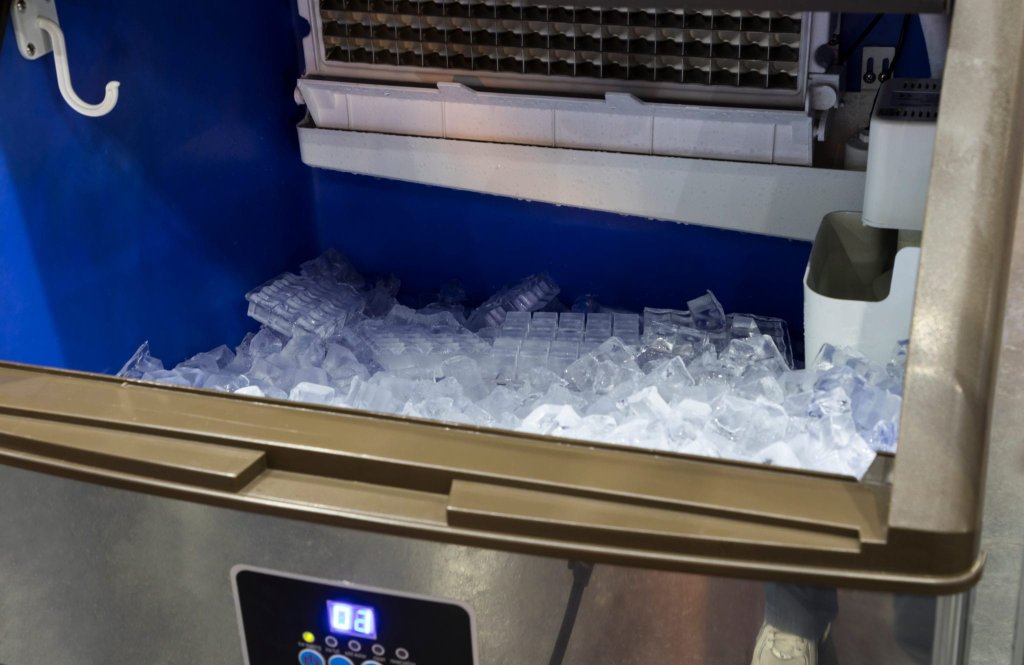
Over time, many individual ice maker components, such as the fill valve, thermostat, or motor, can malfunction or stop working. If you suspect a faulty component, it may be best to consult a Samsung or qualified electronic appliance technician to diagnose and replace the problem.
6. Water Filter that is Expired
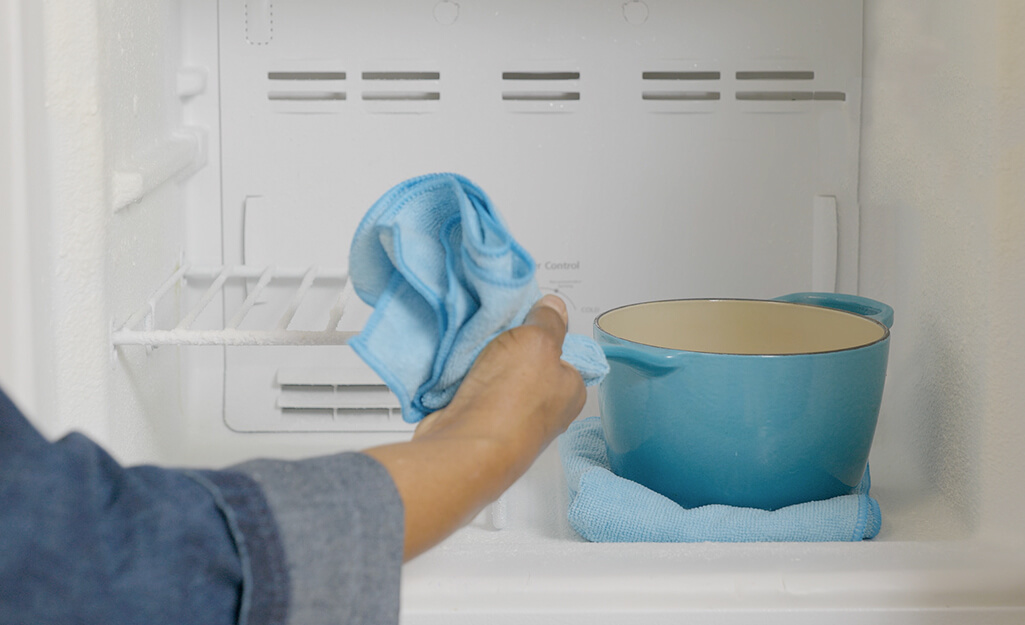
Among the top Samsung appliance maintenance tips is the recommendation to replace your refrigerator’s water filter every six months to a year, ensuring the longevity and functionality of your appliance, including the ice maker. When your ice or water starts appearing cloudy or discolored, it indicates that the water filter should be replaced. An old and clogged water filter can cause problems with the proper functioning of the ice maker.
7. When the Auger Motor is Failed
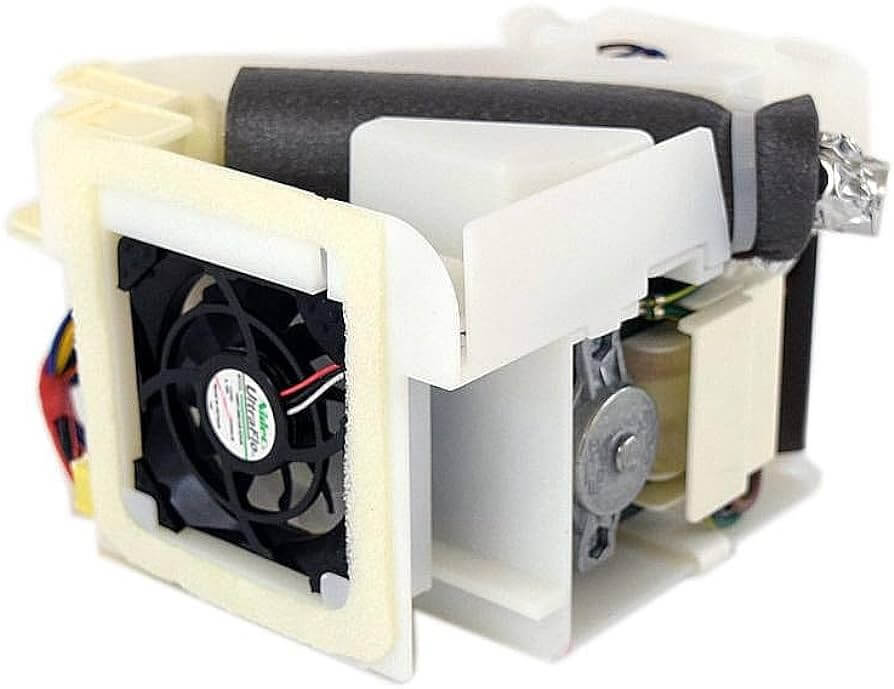
Auger motor plays a crucial role in your ice maker’s functionality. Its functions involve both dispensing and stirring ice, which the ice maker produces. When this motor fails, your ice maker won’t work correctly. If you have noticed your ice maker making unusual noises or failing to dispense the ice, then it is likely due to a failing or failed motor. However, it is essential to note that removing the auger motor can be a challenging task, and a professional technician best handles it. So, seek professional help if you suspect a failed auger motor in your Samsung refrigerator’s ice maker.
How to Reset Your Samsung Ice Maker
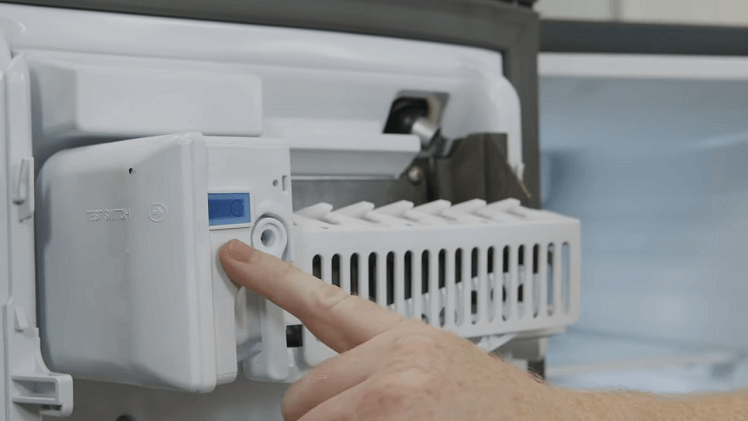
If none of the above solutions have resolved the issue, then it is necessary to perform a reset. To do this, look for your ice maker’s test or reset button. You may need to remove the ice bucket in most Samsung refrigerators to access this button. You can also check the user manual for any guidance.
Once you have pressed the reset button, hold it until you hear a chime. This can take up to 10 seconds. After this, you can again put the ice bucket back in its position. The test may take 6 minutes to complete. During this time, you may hear ice dropping into the bucket, and the water valve should be used to refill the ice maker. When the test is finished, you will hear another chime sound indicating the test has ended, and everything is reset.
This reset process can help resolve minor glitches and get your ice maker to work properly.
Conclusion
A malfunctioning ice maker in your Samsung refrigerator can be a frustrating experience. But with some troubleshooting, you can often identify and resolve this issue. And this will increase the chance of getting your ice maker back to producing ice as expected.
By following the troubleshooting steps mentioned above steps, you can tackle common issues with your refrigerator’s ice maker and potentially avoid the need for costly repairs and replacements.
Remember to prioritize safety and consult your user manual for specific model guidance. You can also contact Samsung customer support or a professional service for assistance with more complex issues. With the right steps and maintenance, you can enjoy a steady supply of ice cubes for your beverages and culinary needs.

